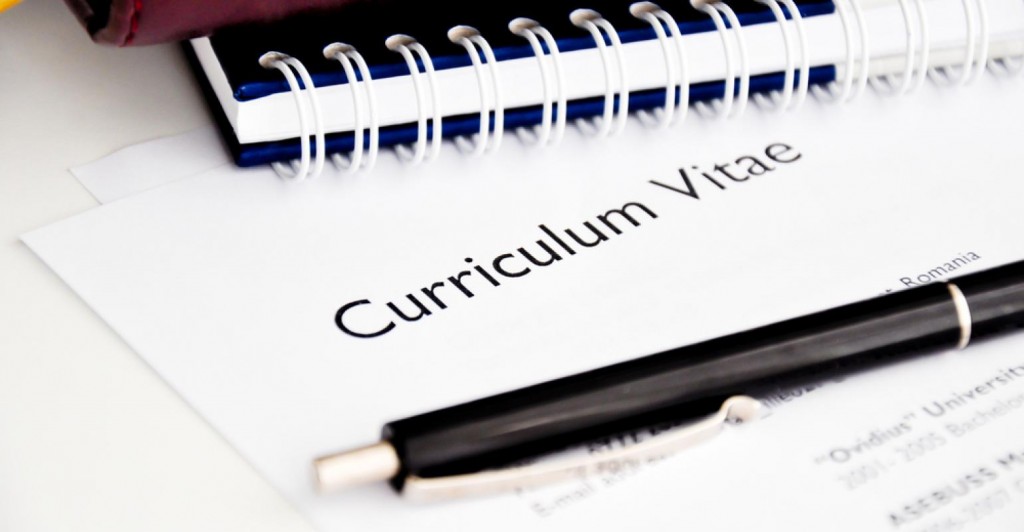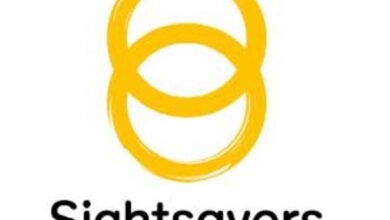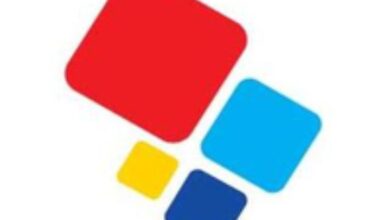How to write a brilliant CV without breaking a sweat

Your CV is the tool that will market YOU to recruitment agencies or potential employers. It’s almost like a passport of where you’ve been. It explains your experience, background and skills and is a great indicator of your potential. It’s the one thing you need to sort out FIRST, before employers will even offer you an interview, let alone a job. So a CV is vitally important to getting an interview sorted for a dream job. Follow our hints and tips below to create your very own template or use our readymade template at the end of this blog post for help:

Layout ideas:
- Keep your CV short – a maximum length of 2-3 pages is perfect.
- Make sure your headings are easy to read – big and bold headings work well.
- Bullet points are great for listing your skills, experience, and easy for the reader to follow.
- Don’t use fancy templates – stick to a plain white A4 sheet, type your CV in a word document (which you can later PDF) and use the KISS principle (which is Keep It Simple Silly)
- Use the same font throughout your CV (Sans-Serif font is a great option for example, or Arial) and use a size 11 or 12 font as this is the optimum size for easy reading.
- The layout / how it looks should be clean and neat – not cluttered with too much information crammed into 2 or 3 pages. Leave gaps / spaces in-between sections and headings.
- Make use of page numbers in the footer and also don’t be scared to add your name to the footer. If you’re unsure how to do this, ask a teacher or friend for help.
Your CV information:
-
Contact details
- Your contact details should be simple – name, email address and contact telephone number. There is no need to provide your full address or any other vital information such as ID etc in your CV.
- Don’t include photos of yourself, your health status or any family information – even if you want to, don’t do it!
-
Education and Training
- Include a breakdown for every educational institution you attended (from school all the way through to varsity or college) – including how long you were there, your subjects and any qualifications you received. Certificates and Diplomas count here too so don’t be shy to list them. (You don’t need to mention your grades or marks unless you are applying for further study.) If you attended any training courses, list them and your certifications and professional memberships.
-
Work experience
- You may not have any work experience and that’s quite fine. Just be honest and say so. If you do have some work experience, the best way to showcase this is to state the month and year you began working with the company, the name of the company, and your job title whilst you worked there. Work backwards starting with your current job first. Here’s a great example:
January 2014 – present
Baking Bliss: The Greatest Cake Bakery
Position: Junior baker
Then, write a short description of what the company does and also what you did at the company. Just 2 or 3 lines will do. If you’ve got any gaps in your work experience, explain them – like for example if you went travelling or took time off to study in-between jobs.
-
Skills
- List all your skills and have fun showing off. Break them into categories like day-to-day skills (making pastry, baking biscuits or breads), management skills (such as supervising staff or managing stock/purchases); technical skills (like the ability to work on a computer in word or excel, or on social media platforms such as Facebook, Instagram etc) and then finally, list any extra skills you know you have (extra languages, first aid training, drivers license etc).
-
Hobbies / interests
- Many people leave this off their CV’s nowadays. You really don’t have to add this category and if you do, be honest about the types of hobbies you do like cooking, reading, running etc. Things like volunteer work would fit well here, but don’t stress about adding this section if you don’t want to – it is a modern practice that is accepted worldwide.
-
References
- Usually by now you’re running out of space on your CV – so it’s absolutely no problem to write next to the heading References ‘available on request’. If you do add any references, simply put 2 individual’s names, their company and position on your CV.
Other tips and ideas:
- Write a covering letter for each CV you send off and keep it to a maximum of one page. Explain that you are responding to a specific advert (and quote the advert reference number if there is one). Then tell the employer why you are applying, what your strengths and abilities are and how you think you are able to benefit the company if they employed you. Know a little bit about the company (check out their website, LinkedIN page or Facebook page) and show them that you know about their products and services.
- You could also add a mission statement to your CV that can be tailored to each position that you apply for. An example could be: Dynamic graduate with exceptional Food & Beverage skills seeks position as a junior supervisor on board a cruise liner (if say you were applying for an F&B job on board a ship)
- Make sure that you keep your CV updated constantly. If you’re not sure if your CV is a good quality one, ask your teacher, friends or family to have a look and advise you. Keep your spelling absolutely perfect on your CV and remember to always be truthful.
- Go one step further with your CV and create a professional Online Profile to stay connected across various digital platforms such as social media (Facebook, Linked IN, Google etc). It’s the perfect way to network with industry professionals in real time. Here’s a guide on how to perfect this.
Curriculum Vitae
[insert name]
SURNAME:
FIRST NAMES:
IDENTITY NUMBER:
DATE OF BIRTH:
NATIONALITY:
HOME LANGUAGE:
MARITAL STATUS:
NUMBER OF CHILDREN:
CRIMINAL RECORD:
DRIVER’S LICENSE:
STATE OF HEALTH:
NOTICE PERIOD:
INTERESTS:
Contact Details
PHYSICAL ADDRESS:
TELEPHONE:
MOBILE:
EMAIL:
High School Education
NAME OF SCHOOL:
GRADE COMPLETED:
YEAR:
SUBJECTS:
ACHIEVEMENTS:
Tertiary Education
NAME OF INSTITUTION:
QUALIFICATION:
PERIOD ATTENDED:
MAJOR SUBJECTS:
ACHIEVEMENTS:
[repeat for every institution attended]
Skills, Strengths and Other Qualifications
[e.g. computer skills, friendly, polite, work well in a team, cope well under pressure, eye for detail, creative, flexible, good communication skills, good time management, responsible, hard worker, goal-oriented, a people person, sociable, team leader, problem solver, etc. Also include any other diplomas, certificates, or courses that don’t fall under tertiary education]
Work Experience
[order from current/most recent and work backwards]
- EMPLOYER:
POSITION:
PERIOD OF EMPLOYMENT:
DUTIES INCLUDED:
REASON FOR LEAVING:
- EMPLOYER:
POSITION:
PERIOD OF EMPLOYMENT:
DUTIES INCLUDED:
REASON FOR LEAVING:
References
NAME:
COMPANY:
TELEPHONE / MOBILE:
EMAIL:
NAME:
COMPANY:
TELEPHONE / MOBILE:
EMAIL:




